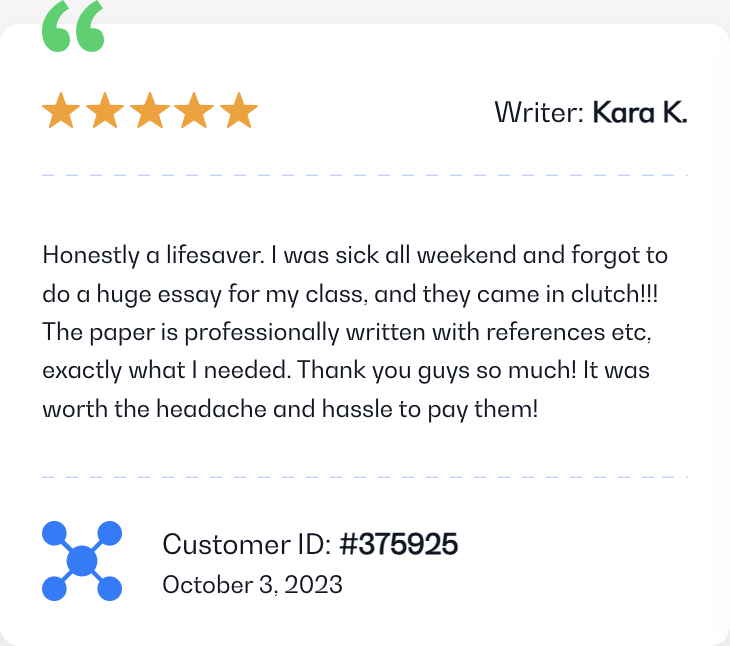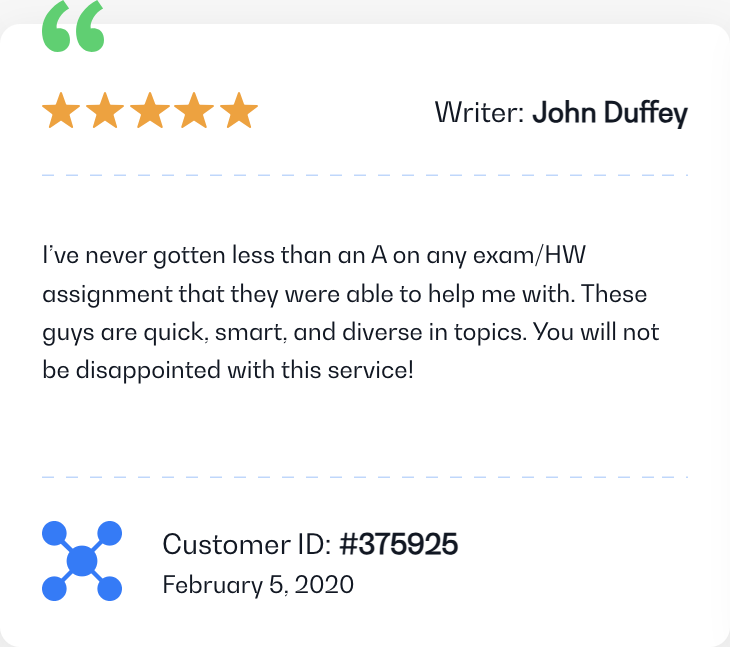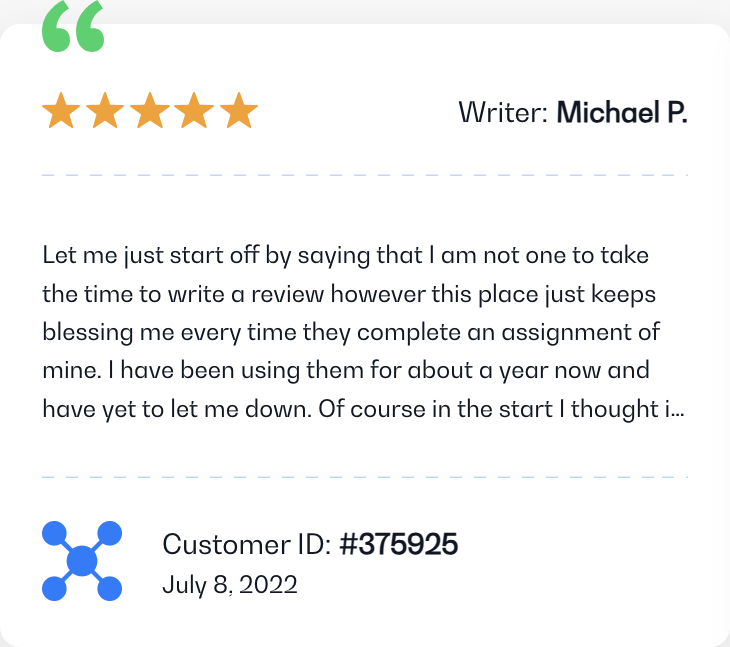In the age of information, the rise of the digital sphere has democratized knowledge access like never before. The subject of statistics, once relegated to specialized courses and exclusive textbooks, is now available in abundance through a plethora of online resources. Given this surge in accessibility, a question emerges: Can statistics be self-taught? This article delves deep into this query, examining the feasibility, challenges, and potential advantages of self-directed learning in statistics.
The Evolving Landscape of Learning
Over the past two decades, the way individuals consume information and learn new skills has undergone a monumental shift. Traditional classroom settings, while still holding significant value, are no longer the sole avenues for acquiring knowledge. Digital platforms, offering a range of courses and resources, have created an environment conducive to self-directed learning. When we talk about self-teaching statistics, it’s essential to understand that the external landscape has never been more favorable. There exists a wealth of e-books, video lectures, interactive simulations, and forums that can aid an individual in their statistical journey.
The Innate Nature of Statistics
At its core, statistics is about understanding and interpreting data, a skill intrinsic to human nature. From making decisions based on past experiences to predicting future outcomes, humans have always employed rudimentary statistical thinking. This inherent familiarity with the subject provides a foundation upon which more complex concepts can be built. Thus, while advanced statistical theories might seem intimidating, the foundational principles align closely with our intuitive understanding of the world. Such alignment can be advantageous for those venturing into self-teaching.
The Challenges of Self-teaching
While the resources and inherent nature of the subject might paint a rosy picture, it’s essential to address the challenges that come with self-teaching. Unlike structured courses, where a curriculum guides the learner through a linear progression, self-teaching often lacks this framework. There’s a risk of missing out on foundational concepts or getting mired in complexities without fully understanding their prerequisites. Moreover, without an external authority, such as a teacher or a mentor, there’s no immediate feedback mechanism. Misunderstandings or misconceptions can go uncorrected, leading to flawed foundational knowledge.
The Role of Motivation and Discipline
A crucial element in the equation of self-teaching is the learner’s motivation and discipline. While this holds true for any subject, it’s particularly relevant for statistics, given its intricate nature. The initial stages of learning might be fraught with abstract concepts and mathematical nuances. Without a strong motivational underpinning, it’s easy for learners to feel overwhelmed and abandon their pursuit. Discipline, too, plays a pivotal role. Consistent effort, dedication to practice, and periodic reviews are integral to internalizing statistical concepts. In the absence of these, even the most enthusiastic learners might find their understanding to be fragmented.
Advantages of Self-directed Learning
Despite the challenges, there are undeniable advantages to self-teaching statistics. Firstly, it offers unparalleled flexibility. Learners can pace themselves based on their understanding, spending more time on challenging concepts and breezing through familiar ones. This personalized learning curve can often lead to a deeper and more nuanced understanding of the subject. Secondly, self-teaching instills a sense of ownership and autonomy over one’s education. Such autonomy can foster a genuine passion for the subject, driving learners to explore beyond basic concepts and delve into advanced statistical theories and applications.
The Verdict: A Blend of Autonomy and Structure
Given the extensive resources available and the innate nature of the subject, it’s evident that statistics can, indeed, be self-taught. However, it’s equally vital to recognize and mitigate the challenges this approach might present. For many, the ideal route might be a blend of structured learning and self-directed exploration. Starting with foundational courses or textbooks can provide the necessary structure, ensuring all core concepts are covered. Once this foundation is in place, self-directed exploration can enrich understanding, allowing learners to apply concepts in real-world scenarios, engage with contemporary statistical debates, or even venture into advanced territories like statistical programming.
In conclusion, while the path of self-teaching is laden with challenges, it’s a journey that’s entirely feasible, especially in the realm of statistics. The key lies in recognizing the need for a structured foundation, the importance of consistent effort, and the invaluable role of genuine curiosity. With these elements in place, the world of statistics opens up, offering insights, patterns, and interpretations that can transform the way one views the world.













